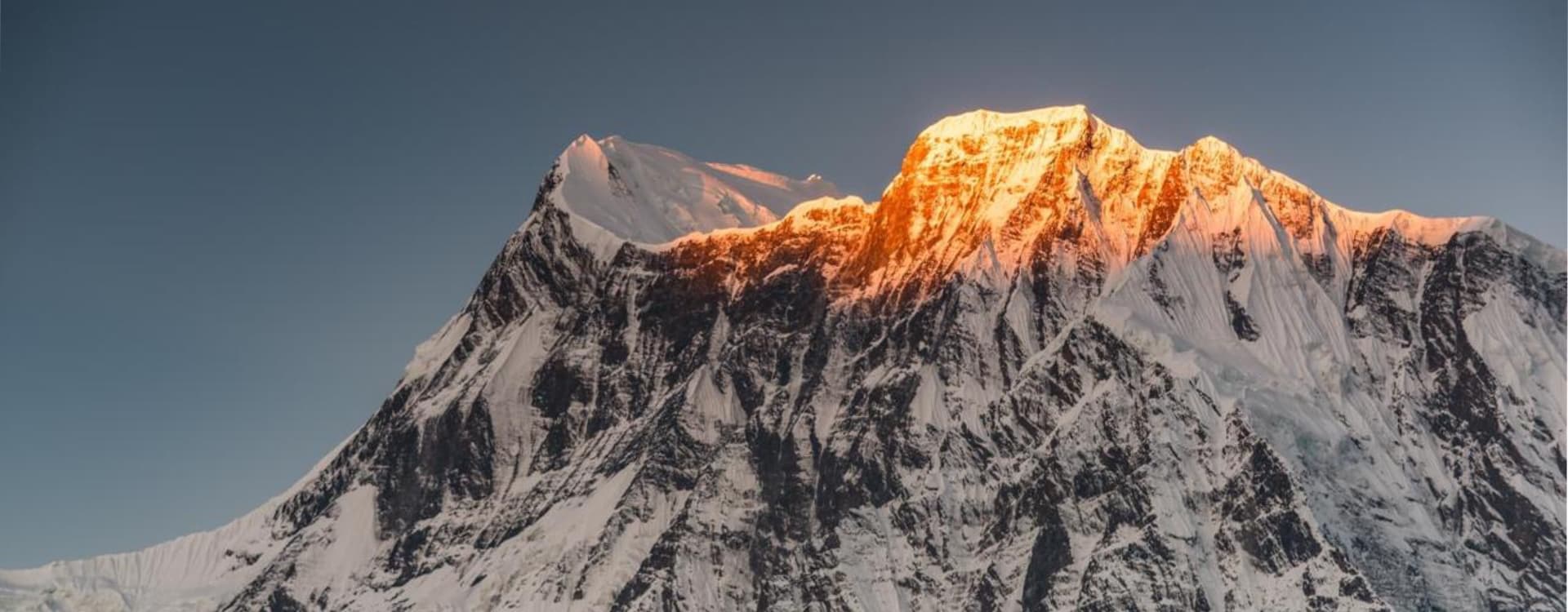Peak climbing in Nepal offers an exhilarating blend of trekking and mountaineering, allowing adventurers to summit Himalayan peaks typically ranging from 5,500 to 6,500 meters. Recognized by the Nepal Mountaineering Association (NMA) as “trekking peaks,” these climbs are ideal for those seeking a moderate challenge and an introduction to high-altitude mountaineering.
Popular peaks such as Island Peak, Mera Peak, Lobuche East, Pisang Peak, and Yala Peak provide stunning panoramic views of the world’s highest mountains, including Everest and Lhotse. With proper preparation, equipment, and guidance from certified climbing experts, peak climbing combines physical endurance, technical skill, and cultural immersion for a truly unforgettable Himalayan experience. The best seasons for climbing are spring (March–May) and autumn (September–November), offering stable weather and clear mountain vistas.












